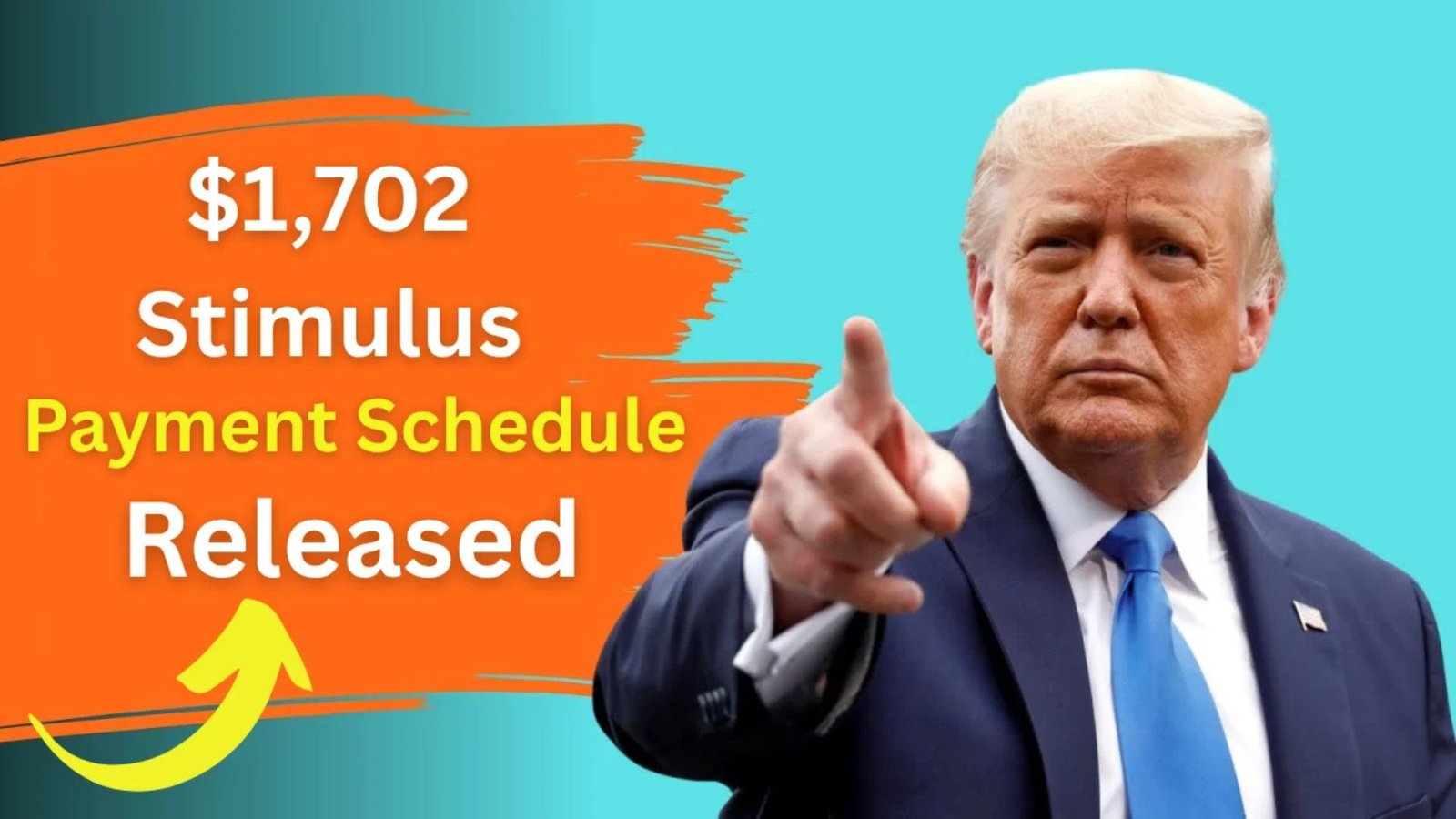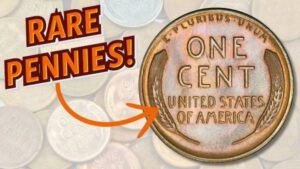The U.S. government has announced a new stimulus payment of up to $1,702 for eligible Americans in October 2025. This financial relief aims to support individuals and families facing economic challenges. In this guide, we’ll break down everything you need to know about the stimulus payment, including who qualifies, when payments will arrive, and how to ensure you receive your funds. Read on for a clear, simple explanation of the payment schedule and key details.
What Is the $1,702 Stimulus Payment?
The stimulus payment is a government initiative designed to provide financial support to Americans struggling with rising costs. This one-time payment of up to $1,702 targets eligible individuals, including low-income households, seniors, and those receiving specific federal benefits. The goal is to ease financial burdens and boost economic stability.
Unlike previous stimulus checks, this payment is tied to specific programs and eligibility criteria. It’s not a universal payout but focuses on those who meet certain income or benefit requirements. Below, we’ll explain who qualifies and how the payment process works.
Who Qualifies for the Stimulus Payment?
To receive the stimulus payment, you must meet specific eligibility criteria. The government has outlined the following groups as potential recipients:
Eligibility Criteria
- Low-Income Individuals: Households with an adjusted gross income (AGI) below a certain threshold (typically $75,000 for individuals or $150,000 for married couples) may qualify.
- Social Security Recipients: Those receiving Social Security benefits, including retirement, disability (SSDI), or survivor benefits, are eligible.
- Supplemental Security Income (SSI) Recipients: SSI beneficiaries, including seniors and disabled individuals, qualify for the payment.
- Veterans: Veterans receiving VA benefits may also be eligible, depending on their income and benefit status.
- No Income Requirement: Some individuals with little to no income may still qualify, especially if they receive federal benefits.
Key Notes
- You don’t need to apply separately if you already receive benefits like Social Security or SSI.
- Non-filers (those who don’t file taxes) may need to submit a simplified return to confirm eligibility.
- Dependents, such as children under 17, may increase the payment amount for qualifying households.
October 2025 Stimulus Payment Schedule
The stimulus payment will be distributed in October 2025, with specific dates based on your payment method and eligibility status. Below is the full payment schedule:
| Payment Date | Recipient Group | Payment Method |
|---|---|---|
| October 3, 2025 | Social Security (Retirement, SSDI) | Direct Deposit |
| October 10, 2025 | SSI Recipients | Direct Deposit |
| October 17, 2025 | Veterans Benefits | Direct Deposit |
| October 24, 2025 | Non-Filers, Low-Income Taxpayers | Direct Deposit or Paper Check |
| October 31, 2025 | Remaining Eligible Recipients | Paper Check or Debit Card |
Important Details
- Direct Deposit: If you have a bank account on file with the IRS or Social Security Administration, expect faster delivery.
- Paper Checks or Debit Cards: Those without direct deposit may receive payments later in the month.
- Check Your Status: Use the IRS “Get My Payment” tool to track your payment status and update your banking information.
How to Ensure You Receive Your Stimulus Payment
To avoid delays or missing out on your stimulus payment, follow these steps:
1. Update Your Information
- Ensure your bank account details are current with the IRS or Social Security Administration.
- Update your address if you’ve moved recently to avoid delays with paper checks.
2. File a Tax Return (If Needed)
- Non-filers or those with low income may need to file a simplified tax return to claim the payment.
- Use the IRS’s free filing tools or consult a tax professional for assistance.
3. Check Eligibility
- Confirm your eligibility through the IRS website or by contacting your benefits agency (e.g., Social Security or VA).
- If you’re unsure, reach out to a local community organization for guidance.
4. Avoid Scams
- Beware of scams claiming to offer “early access” to your stimulus payment. The IRS will never ask for personal information via unsolicited calls or emails.
- Only use official government websites, like IRS.gov, for updates.
Why This Stimulus Payment Matters
The $1,702 stimulus payment comes at a critical time for many Americans. With rising costs for essentials like groceries, housing, and healthcare, this financial boost can help cover bills, reduce debt, or build savings. For seniors and those on fixed incomes, the payment provides much-needed relief to maintain their quality of life.
The government aims to distribute these funds quickly and efficiently, ensuring that eligible individuals receive support without unnecessary delays. By understanding the process and taking proactive steps, you can make the most of this opportunity.
FAQs About the Stimulus Payment
Will Everyone Get $1,702?
No, the payment amount depends on your eligibility and household size. Some may receive less, while families with dependents may receive more.
Do I Need to Pay Taxes on the Stimulus Payment?
No, the stimulus payment is considered a tax credit and is not taxable income.
What If I Don’t Receive My Payment?
If your payment is delayed or missing, check the IRS “Get My Payment” tool or contact the IRS helpline at 1-800-829-1040.
Can Non-Citizens Get the Payment?
Some non-citizens with valid Social Security numbers and who meet income requirements may qualify. Check with the IRS for details.
Conclusion
The October 2025 stimulus payment of up to $1,702 is a vital lifeline for millions of Americans. Whether you’re a Social Security recipient, a low-income taxpayer, or a veteran, this payment can provide meaningful financial relief. By understanding the eligibility criteria, payment schedule, and steps to secure your funds, you can ensure a smooth process. Stay informed, update your information, and beware of scams to make the most of this opportunity.
For the latest updates, visit IRS.gov or contact your benefits agency. Don’t miss out on your stimulus payment—act now to confirm your eligibility and track your payment!




